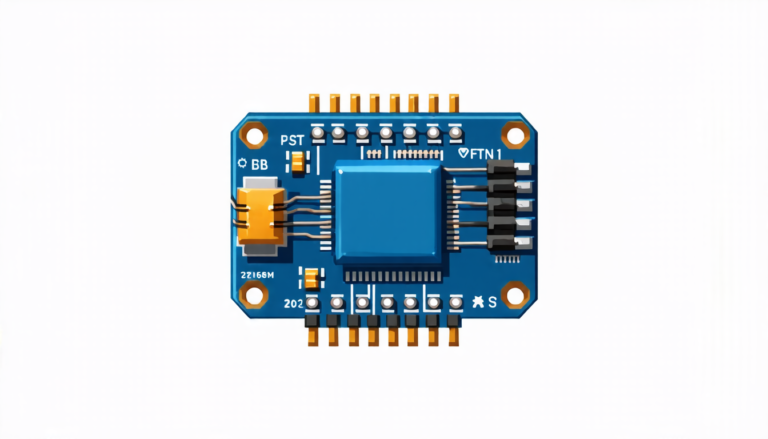Monday 25 August 2025
Scientists have made a significant breakthrough in developing a new type of wireless communication technology that uses Rydberg atoms to receive radio signals. This innovation could potentially revolutionize the way we transmit information wirelessly, offering faster and more reliable connections.
The team behind this achievement has been working on harnessing the unique properties of Rydberg atoms to create a receiver that can detect radio signals in a fundamentally different way than traditional technology. By using these atoms, which are highly sensitive to electromagnetic fields, they have been able to develop a device that can accurately detect even the faintest of signals.
The implications of this development are far-reaching. With the ability to receive radio signals more efficiently and accurately, it could potentially lead to faster data transfer rates and improved connectivity in areas with poor coverage. This could be particularly beneficial for rural or remote communities where access to reliable internet connections is often limited.
One of the key advantages of this new technology is its potential to overcome the limitations of traditional wireless communication methods. Conventional receivers rely on amplifying weak signals, which can lead to errors and distortion. However, the Rydberg atomic receiver uses the atoms’ natural sensitivity to electromagnetic fields to detect signals directly, eliminating the need for amplification.
This innovative approach also allows for the development of more complex and sophisticated receivers that can handle multiple frequencies and signals simultaneously. This could enable the creation of multi-user systems, where multiple devices can communicate with each other at the same time without interference.
The team behind this breakthrough is optimistic about its potential to transform wireless communication technology. They believe that it has the potential to be integrated into a wide range of applications, from smartphones and laptops to satellite communications and even quantum computing.
While there are still many challenges to overcome before this technology can be widely adopted, the potential benefits are significant. With the ability to transmit information more efficiently and accurately, it could potentially lead to new opportunities in fields such as healthcare, finance, and education.
As researchers continue to refine and develop this technology, it is likely that we will see a significant shift in the way we communicate wirelessly in the future. The possibilities are endless, and the potential for this innovation to transform our daily lives is vast.
Cite this article: “Revolutionizing Wireless Communication: Breakthrough in Rydberg Atomic Technology”, The Science Archive, 2025.
Wireless Communication, Rydberg Atoms, Radio Signals, Electromagnetic Fields, Data Transfer Rates, Connectivity, Internet Access, Satellite Communications, Quantum Computing, Wireless Transmission.







